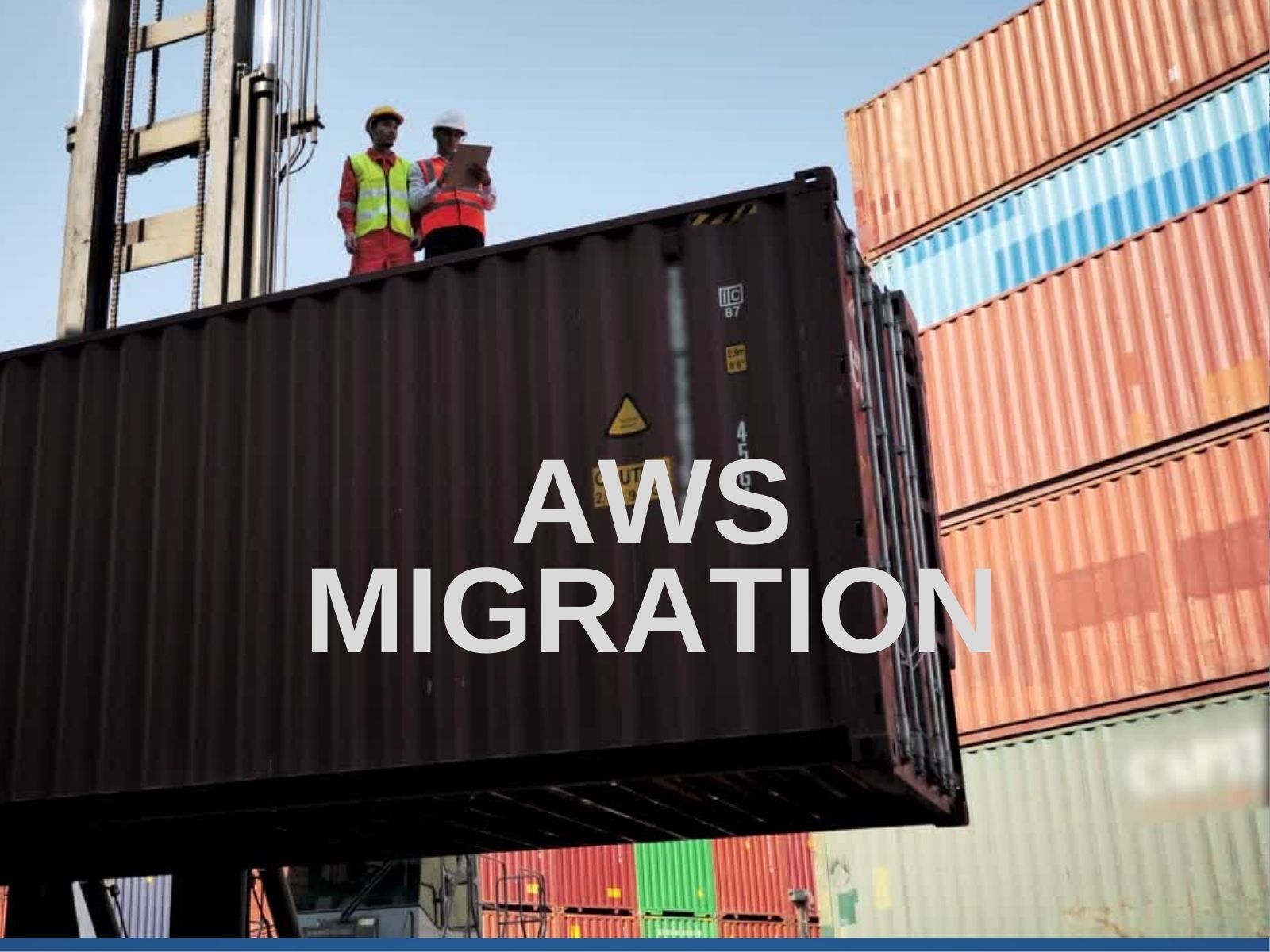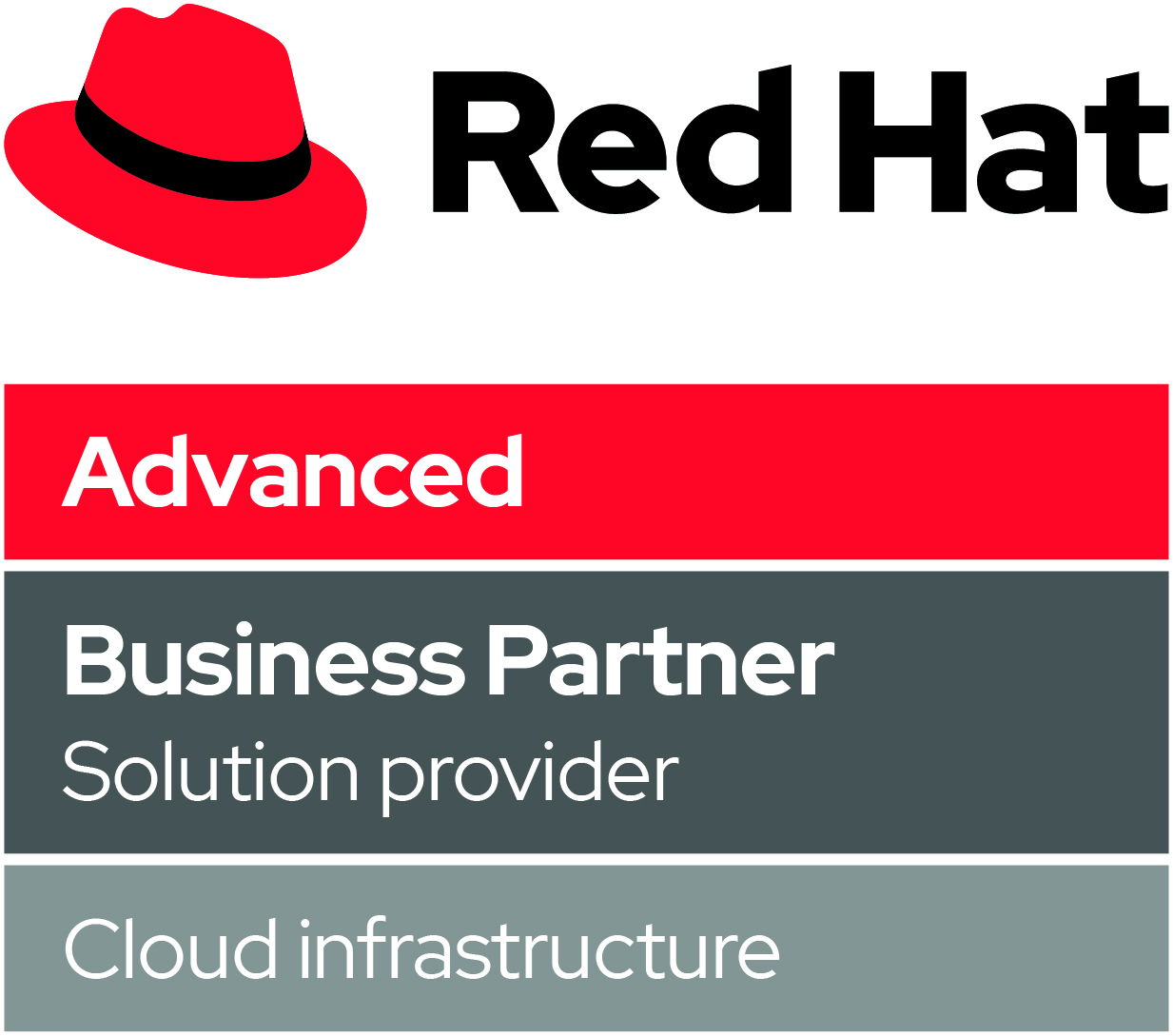There is a lot to think about when preparing for an AWS migration. A well-executed migration ensures business continuity, data security and reliable workloads if you face unexpected scenarios. Adopting AWS Migration best practices will help you avoid common pitfalls and keep your business running during migration. This guide provides an overview of migrating your applications from on-premises servers to Amazon Web Services.
Migration does not necessarily mean moving all your IT ecosystem to the cloud. Sometimes, companies only need to move some workloads or services to the cloud. In other cases, they may want to completely replace their existing IT infrastructure with new cloud technologies. Regardless of your chosen approach, migration can be challenging for many organisations. The following sections describe common challenges that occur when migrating to the cloud.
Have a defined Cloud Governance Model
Your cloud governance should be laid out before the migration process starts. Your organisation’s policies should include a clear definition of the acceptable use of cloud resources. Due to the different nature of operating workloads in the cloud, some thought needs to be put into how resources will be designed, provisioned, and managed.
Cloud environments are designed to give developers more control on their infrastructure to accelerate delivery, however this can lead to costly bills, poor security practices and tactical rather than strategic decisions. This is why a governance model needs to be established to ensure a sustainable, organic growth of the organisations cloud footprint. Items such as legal requirements (GDPR, PCI, ISO27001) requirements should be discussed with your legal teams before starting the migration project.
Upskilling for migration
Moving to the cloud should be preceded or closely followed up with staff training. It is crucial to train employees responsible for managing the new cloud environments. Training should cover topics including:
- How to identify and resolve potential problems
- How to access and manage the various components of the cloud environment
- How to perform routine maintenance tasks
- How to track performance metrics
Staff training should also include a clear, tried, and tested standard operating procedure for your cloud environment. This helps reduce the risk of human error while your team is getting up to speed with the new environment.
Migration planning
Before beginning the actual migration process, you should define a plan that outlines the steps required to complete the migration. This includes defining the scope of the migration (i.e., which workloads will be migrated), the timeframe of the migration, and the number of users affected by the migration.
The migration plan should also address the following items:
- What systems will be moved to the cloud?
- Which systems will remain in place?
- Will the current system architecture be maintained?
- Who will be responsible for maintaining the existing systems?
- What actions will be taken if the migration fails?
Mapping out interdependencies
It is essential to understand the dependencies between your systems. These dependencies can affect the success of your migration. For example, if one part of your application migrates successfully, but another part fails, the entire migration could fail. It is critical to map out these dependencies to determine how each component affects the overall migration effort.
Plan for continuous improvement
A flexible CI approach should be utilised during the migration. This means that you should continuously improve and refine your migration strategy throughout the process. Continuous improvement involves identifying areas where improvements are needed based on lessons learned from migrating previous workloads. For example, migrating non-production workloads first and refining technical and operational procedures will increase the successful migration of production workloads further down the line.
Network Optimisation
When moving applications into the cloud, you must ensure that all network traffic flows through the appropriate gateway(s). In some cases, this may mean using multiple gateways.
If your application needs to communicate with an external service, you might route requests through two different gateways. The first gateway would connect to the public Internet, while the second gateway would connect to your private corporate network.
It would help to consider whether you want to use a VPN when migrating to the cloud. A VPN provides secure connections between remote sites and the cloud infrastructure. However, VPNs require additional configuration and maintenance.
Do All Your Software Licenses Cover use on the cloud?
Many software licenses cover only use within the organisation’s own data centre or office. If your organisation uses its own data centres or offices, then your licensing agreement should cover the use of those locations. However, if you move your applications to the cloud, you may have to purchase new licenses.
Licensing agreements vary widely, depending on what type of license you purchased. Some types of licenses only apply to use within the organisation’s own data centres or offices. Other types of licenses allow use anywhere. It is important to check the terms of any license you intend to use on the cloud.
Luckily Amazon provide licenses built into costs of services such as provisioning Windows Servers in EC2 or using SQL Server on RDS. This can ease the burden on procurement teams and accelerate delivery of migrations.
Don’t Neglect Security
Security is a significant concern for organisations planning to migrate their applications to the cloud. As more and more organisations adopt cloud computing, security concerns have become increasingly prominent.
The most common security issues associated with cloud computing involve:
- Data loss or theft
- Unauthorised access
- Malicious attacks
Traditionally, organisations invest heavily in on-premise security and have a strong security posture. This can be weakened when moving to the cloud by not adopting best practices or trying to manage security in the cloud like you would in an on-premise environment.
Data Loss or Theft
Data loss can occur due to the following reasons:
- Storage device failure
- Server failure
- Network outage
- Human error
Incorrectly configured cloud storage could expose confidential information such as customer names, credit card numbers, social security numbers, etc. This kind of information can be extremely valuable to hackers looking to steal it.
Unsecured cloud storage could also expose intellectual property (IP) such as copyrighted content, trade secrets, and trademarks. IP theft could result in lost revenue and legal action against the company responsible for the infringement.
Malicious Attacks
Cloud-based systems are vulnerable to malicious attacks just like traditional on-premise infrastructure if systems remain unpatched. For example, a hacker could gain unauthorised access by exploiting vulnerabilities in the operating system, web server, database management system, or virtual machine hypervisor.
A hacker could also compromise the integrity of the cloud environment by modifying the code running on the servers. In this case, the hacker would change the application logic without changing the actual source code. The modified application logic could cause problems for users and damage the business’s reputation.
Hackers could also take advantage of weaknesses in the network to launch denial-of-service attacks. Denial-of-service attacks are used to disrupt legitimate online transactions or make an entire website unavailable. A denial-of-service attack involves flooding a target computer with so much traffic that it becomes unusable.
In addition to these threats, there is always the possibility of human error. If a user accidentally deletes files from the cloud or changes the configuration settings, the consequences could be disastrous.
Take advantage of automation
Automation tools can help reduce the risk of data loss and malicious attacks. These tools can monitor the health of the cloud infrastructure and alert administrators when something goes wrong. They can also detect unusual activity and prevent potential breaches before they happen.
For example, a monitoring tool can automatically shut down a virtual machine if it detects that its hard disk has been tampered with. It can also block unauthorised access attempts.
By following Well Architected Frameworks when designing your workloads you can reduce the attack surface of your system and increase the security posture.
Use secure networking protocols
When moving sensitive data into the cloud, ensure that the communication between your organisation’s computers and the cloud provider’s network is encrypted. Encryption ensures that only authorised people have access to the data.
Encrypting data at rest means encrypting the data stored on the physical devices rather than just sending it across the Internet. Data encryption software is available for most operating systems and file formats.
Encrypting data in motion refers to encrypting the data as it travels through the public networks. It would be best to use SSL/TLS (Secure Sockets Layer/Transport Layer Security), which is built into many browsers. This protocol provides end-to-end security by using asymmetric cryptography to create a secure connection between two parties.
Monitoring
Monitoring helps you identify any suspicious activities and quickly address them. Monitoring includes both passive and active methods. Passive methods include logging events such as failed login attempts, network traffic, and errors. Active methods involve actively probing the cloud environment for anomalies.
You can use one or more of the following types of monitoring:
- Logging – Collect information about all activity on the cloud infrastructure. Examples include log entries for each request sent to the cloud, details of every transaction performed, and the time taken to complete each operation.
- Auditing – Monitor the actions performed by users who access the cloud. For example, you might want to track whether someone tries to delete a file or view a restricted website area.
- Probing – Probe the cloud to determine what resources are available and how they work. For example, you may want to know whether a particular application runs smoothly or whether the performance of the cloud storage service meets expectations.
- Alerting – Send alerts to the administrator when an anomaly occurs. For example, an alert might indicate that a new account was created without proper authorisation.
Cloud providers offer different levels of monitoring services. Some provide basic monitoring capabilities, while others offer comprehensive solutions. The level of monitoring offered varies from vendor to vendor.
Be Mindful of Migration Costs
Cloud computing offers several benefits over traditional IT environments. However, migrating to the cloud comes at a price. As you plan your migration strategy, consider the cost involved.
There are costs associated with implementing and maintaining a cloud solution as with any technology. These costs vary based on the deployment size, the number of servers required, and the amount of time spent managing the system. The total cost of ownership (TCO) of cloud computing depends on the service being used.
The TCO also depends on the specific cloud provider’s pricing model. Many cloud providers charge monthly fees for usage and support. Other providers offer pay-as-you-go models where customers only pay for the resources consumed. In addition, some cloud providers offer hybrid models that combine virtualisation and physical servers. Hybrid clouds have advantages and disadvantages compared to pure virtualised systems.
For example, hybrid clouds need additional management overhead because the underlying hardware must be managed like a physical server. This means that administrators need expertise in operating the physical servers and the virtual machines running on top of those servers. For this reason, organisations should include the cost of managing on-premise resources compared to Amazon managed services which reduce operation overheads.
Organisations should ensure that their cloud providers install strong security measures to cut these risks. They should also take steps to protect sensitive data, including encryption and authentication protocols.
Conclusion
This article explored some of the core AWS migration best practices. We hope that these tips will help you make informed decisions about moving workloads into the cloud. Using them will help you prepare for the transition to the cloud.


